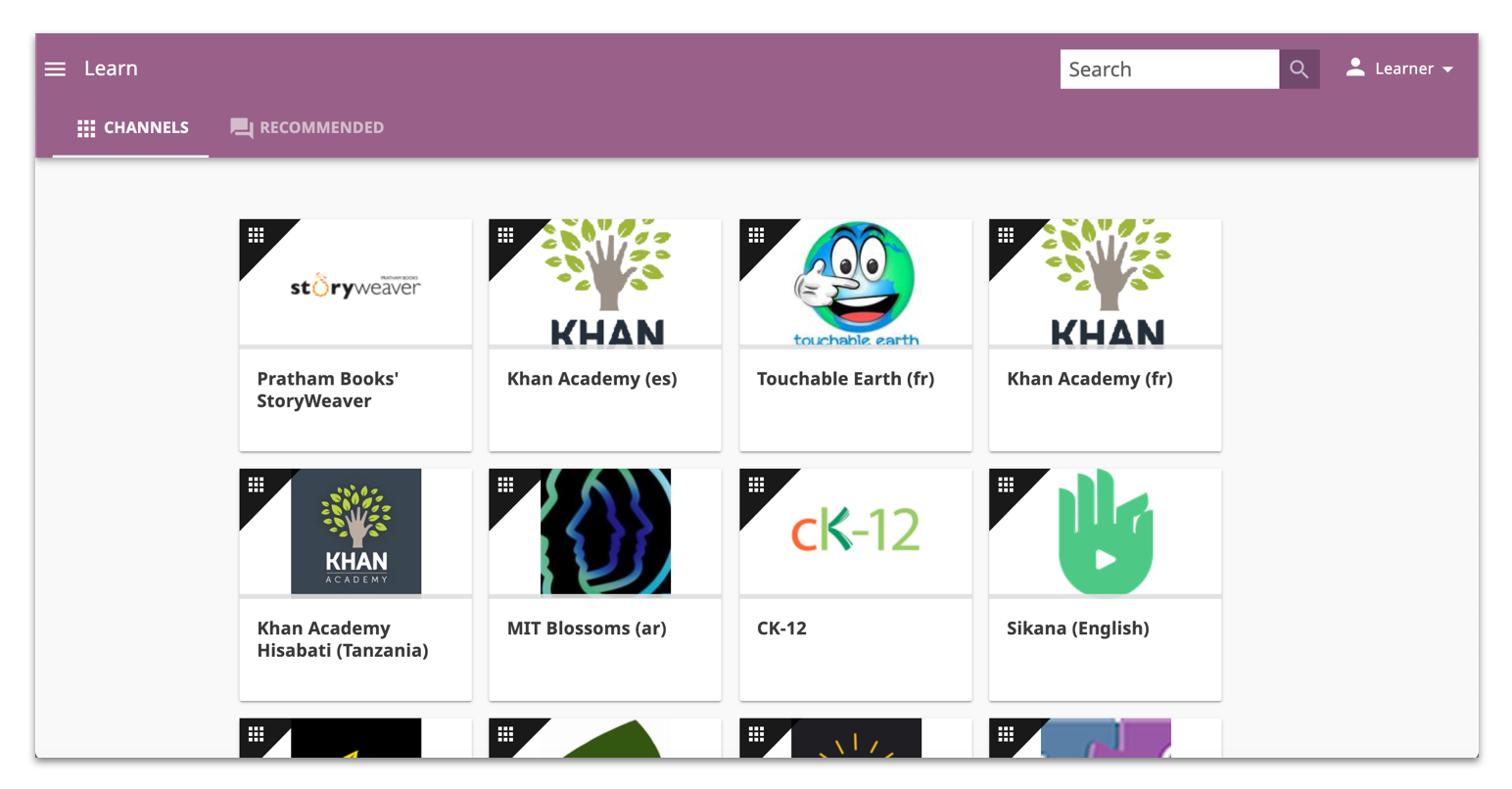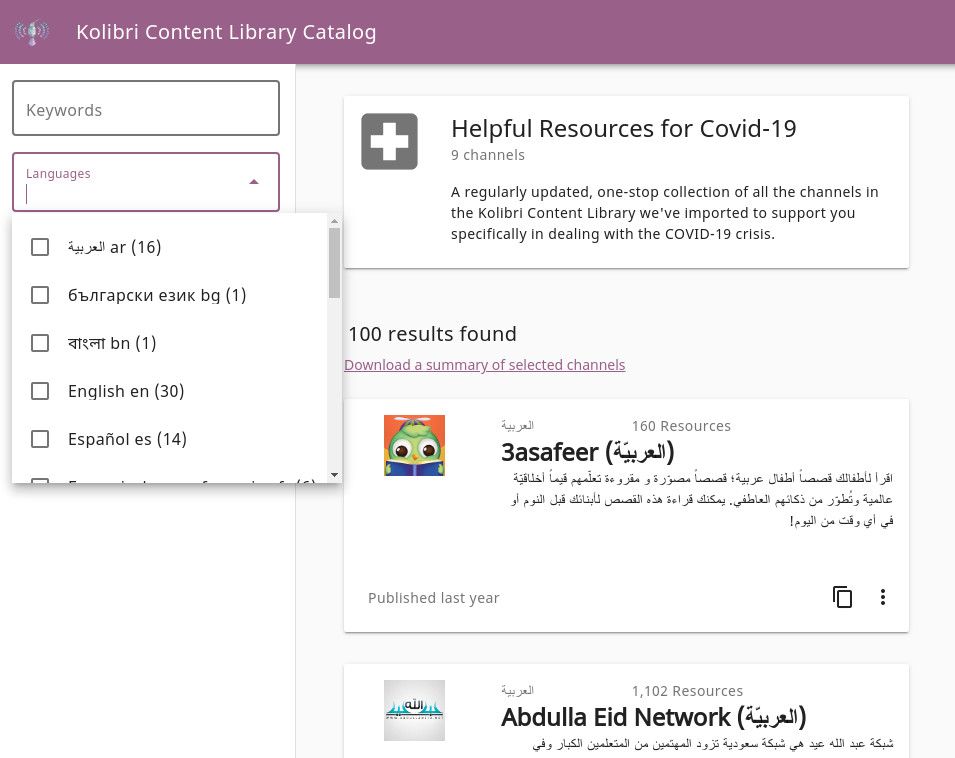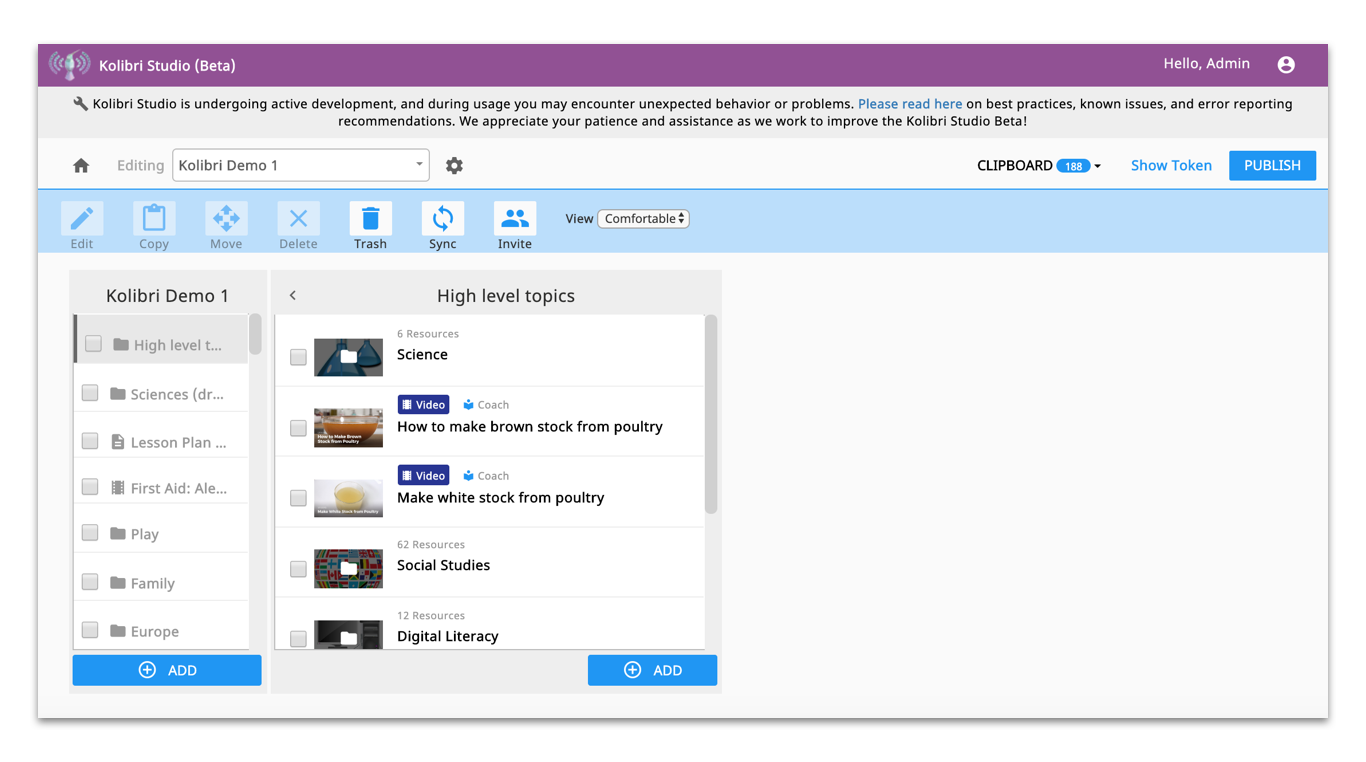Discover Kolibri: A Free Open-source Offline-First and Peer-to-Peer Complete Education System
Utilizing the revolutionary technologies we have right now in education is an ongoing process. We have dozens of open-source and commercial education systems available in all shapes with a wide variety of options.
For our topic's today, We have discovered something truly unique: Kolibri, It's different than others in its approach, features, and options.
Here in this post, we will explain why Kolibri is different and why we recommend it.
First, let's quote Kolibri's official website:
Kolibri makes high quality education technology available in low-resource communities such as rural schools, refugee camps, orphanages, non-formal school systems, and prison systems.
So what makes Kolibri custom for non-formal or let's say atypical facilities like refugee camps and prison systems?
How does Kolibri work?
The system is built to seed, access, and synchronize materials and data as it makes them available for offline access. So, Kolibri does not require 24 hours internet access which is not easy to maintain in rural areas, orphanages, or prisons.
In short: Seed and feed the device while there is a connection.
A Unique feature

While data synchronization is an important feature for most of the education and learning management system (LMS) nowadays, Kolibri also competes with a unique feature that we didn't find anywhere yet: "Peer-to-Peer distribution".
It's a revolutionary concept to use the seeded device with educational material as a source for other devices over an offline local network that does not have or require internet access.
Libraries loaded
Kolibri has a rich catalog for online and openly licensed libraries. The catalog has dozens of materials and libraries in many languages that are ready to be installed and used with few clicks.

Kolibri catalog contains many libraries that support self-paced learning materials like lessons and assessments alongside hundreds of books, simulations and educational games.
Features
- Open-source
- Offline-first catalogs and materials
- Peer-to-peer supports
- Runs on macOS, Windows, Linux, RaspberryPi and Android.
- Supports local network sync
- Easy content sharing for students
- Rich catalog
- Multiple languages support (English, French, Arabic, Farsi, Bengali, Spanish, Chinese, Italian, Hindi, Urdu, Swahili, Vietnamese and more.)
- Easy to install and configure
- Well-written documentation
How to create educational catalog/ content for Kolibri?

To create content for Kolibri all you need is Kolibri Studio, a cloud-based system that provides all the tools required to organize educational content. It has a simple yet powerful user-interface that does not require time to take full control and set the educational process in motion.
Kolibri is recommended for:
- Schools in rural areas
- Public schools
- Refugee camps
- Orphanages
- Prisons
- Training centers
- Offline-training
- Private courses
- Remote education
Conclusion
Kolibri is a free feature-rich project with a great value for the non-formal educational institutes. It offers a great rich catalog of educational libraries in many languages, easy to install and use by teachers and educators. It's the perfect tool for educators, especially during the pandemic.
Please consider supporting Kolibri by donating through their website.

